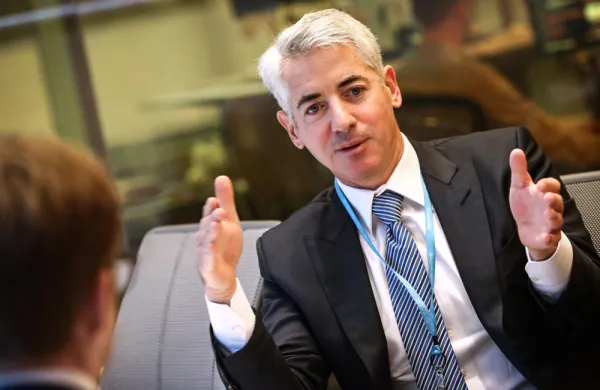North American life insurers are less equipped to cope with an influenza pandemic than their Asian counterparts, according to a recent study sponsored by global life insurance and financial services association Loma.
Of the North American life insurers surveyed, only 33% had put measures in place to cope with a pandemic, compared with 56% of insurers elsewhere. Of the respondents from regions outside North America, 67% were from Asia, where most of the human deaths caused by the H5N1 bird flu virus have been concentrated.
Asian firms are far more likely to have taken steps to protect future cash flows from a pandemic because many were affected by the outbreak of Severe Acute Respiratory Syndrome in 2003. Bird flu could easily spread in the region because humans and poultry are kept in close quarters and many countries have open borders.
Few North American life insurers appear to have explored preventative measures. American International Group is one that has. Since the Sars outbreak, AIG has been actively monitoring pandemic risk and fine-tuning its preparedness for such an event. For nearly a year it has had full-time staff, both at the corporate and regional level, dedicated to evaluating the company’s exposure to infectious disease.
“Last year AIG formed a team of people to look at the impact a pandemic exposure could have on the company,” says Charles Dangelo, v.p. and senior reinsurance officer at AIG. “That team has been evaluating the preparedness of our employees and our business, as well as what potential impact such an event could have on our reinsurers.”
He adds that the company has been trying to identify the worst possible outcomes so it can work out which businesses could be hardest hit by a pandemic. “We’re working with [catastrophe modeller] Risk Management Solutions and other entities in the health insurance field to model the various scenarios that could result from an outbreak of a certain size and geographic scope,” says Dangelo.
Other North American insurers do not appear to be losing sleep over the threat. Rodney Clark, a life insurance analyst and director of financial services ratings at Standard & Poor’s, says this might be because insurers see it as another Sars – a big threat that did not produce big losses. It could also be because their exposures are relatively low and adequately reinsured.
“In the U.S., much of companies’ recent sales have been heavily weighted towards annuities and retirement savings rather than life insurance, so insurers have less risk there,” says Clark. “Also, a lot of the life insurance they have sold has been reinsured, so the reinsurers are holding the bag here in a much greater proportion than the direct companies.”





